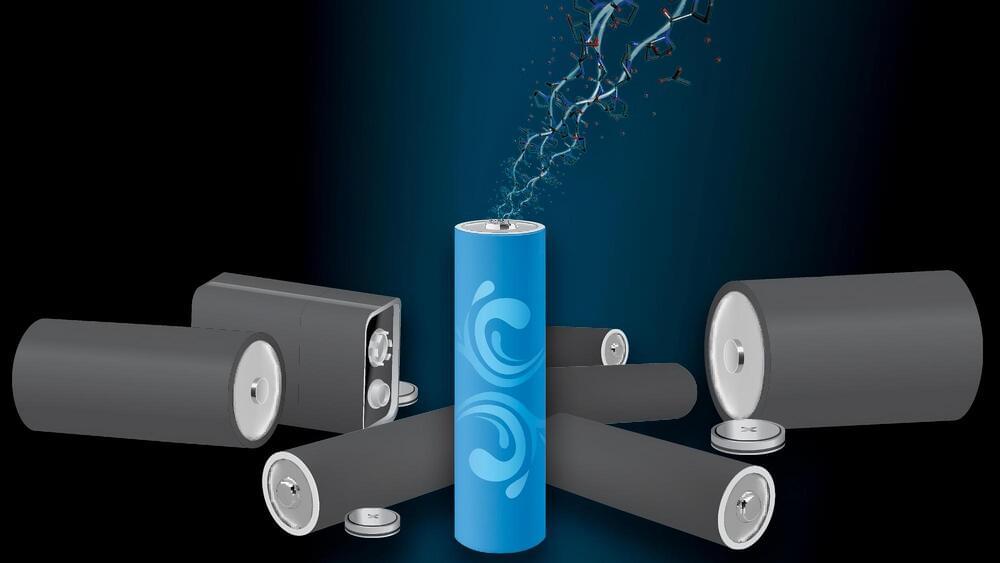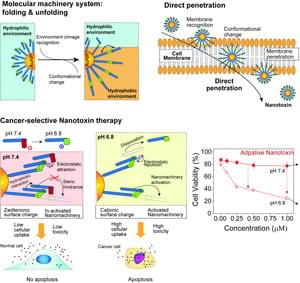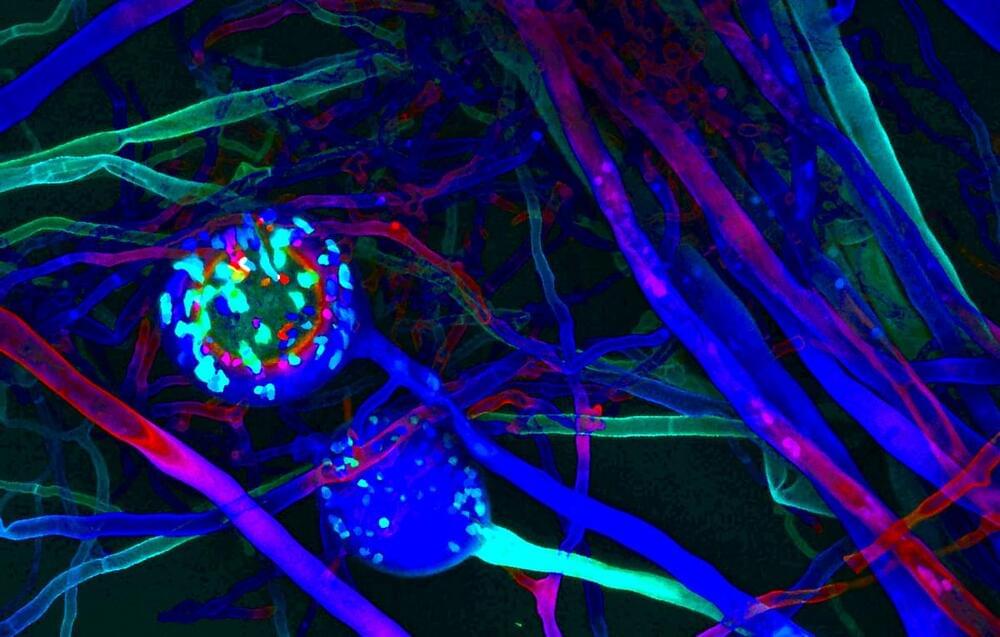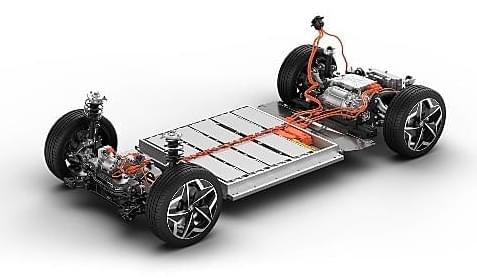Texas A&M University scientists have discovered a 1,000% difference in the storage capacity of metal-free, water-based battery electrodes.
The metal-free water-based batteries are unique from those that utilize cobalt in their lithium-ion form. The research group’s focus on this type of battery stems from a desire for greater control over the domestic supply chain as cobalt and lithium are commonly sourced from outside the country. Additionally, the batteries’ safer chemistry could prevent fires.
Chemical engineering professor Dr. Jodie Lutkenhaus and chemistry assistant professor Dr. Daniel Tabor has published their findings about lithium-free batteries in Nature Materials.









